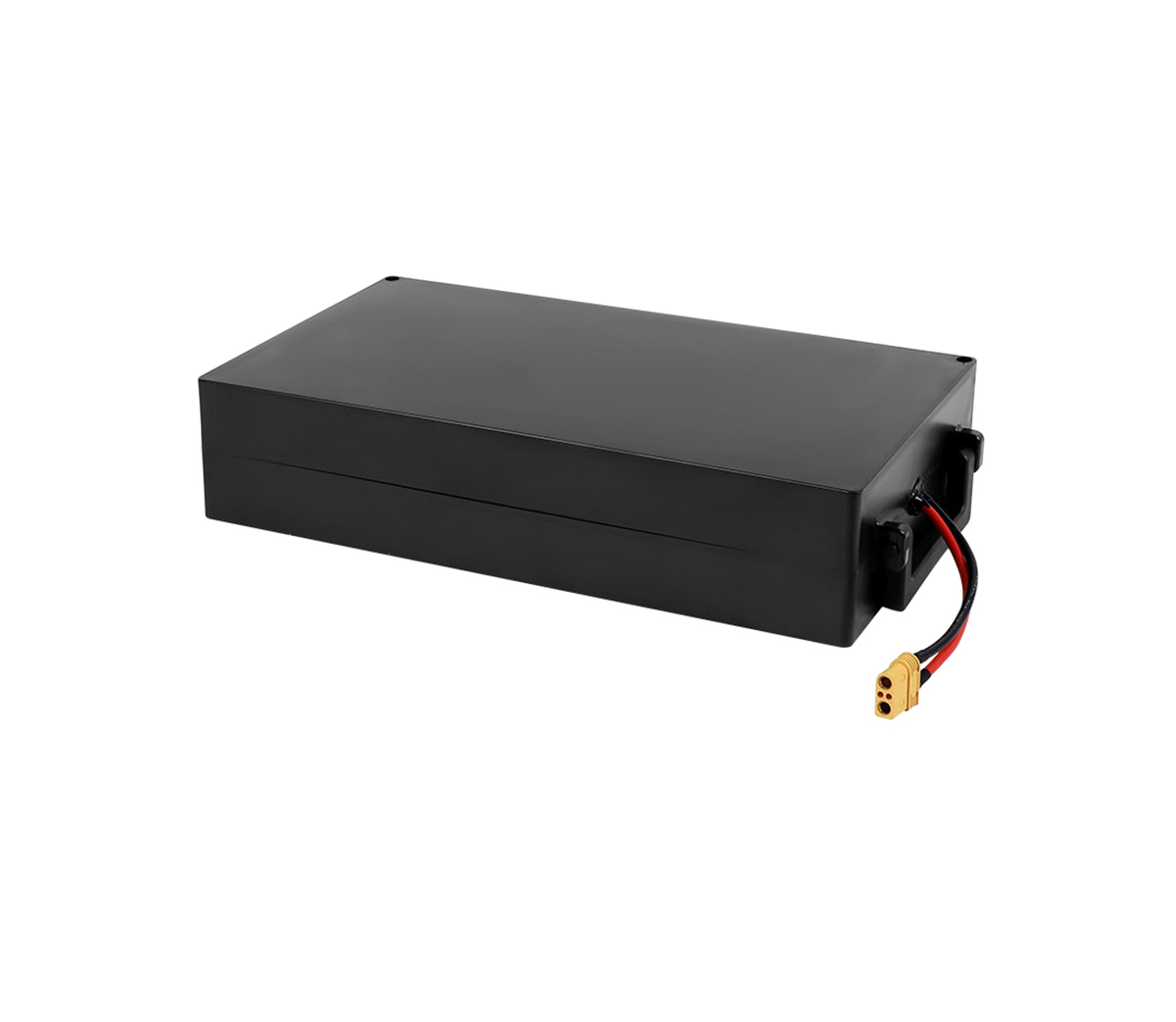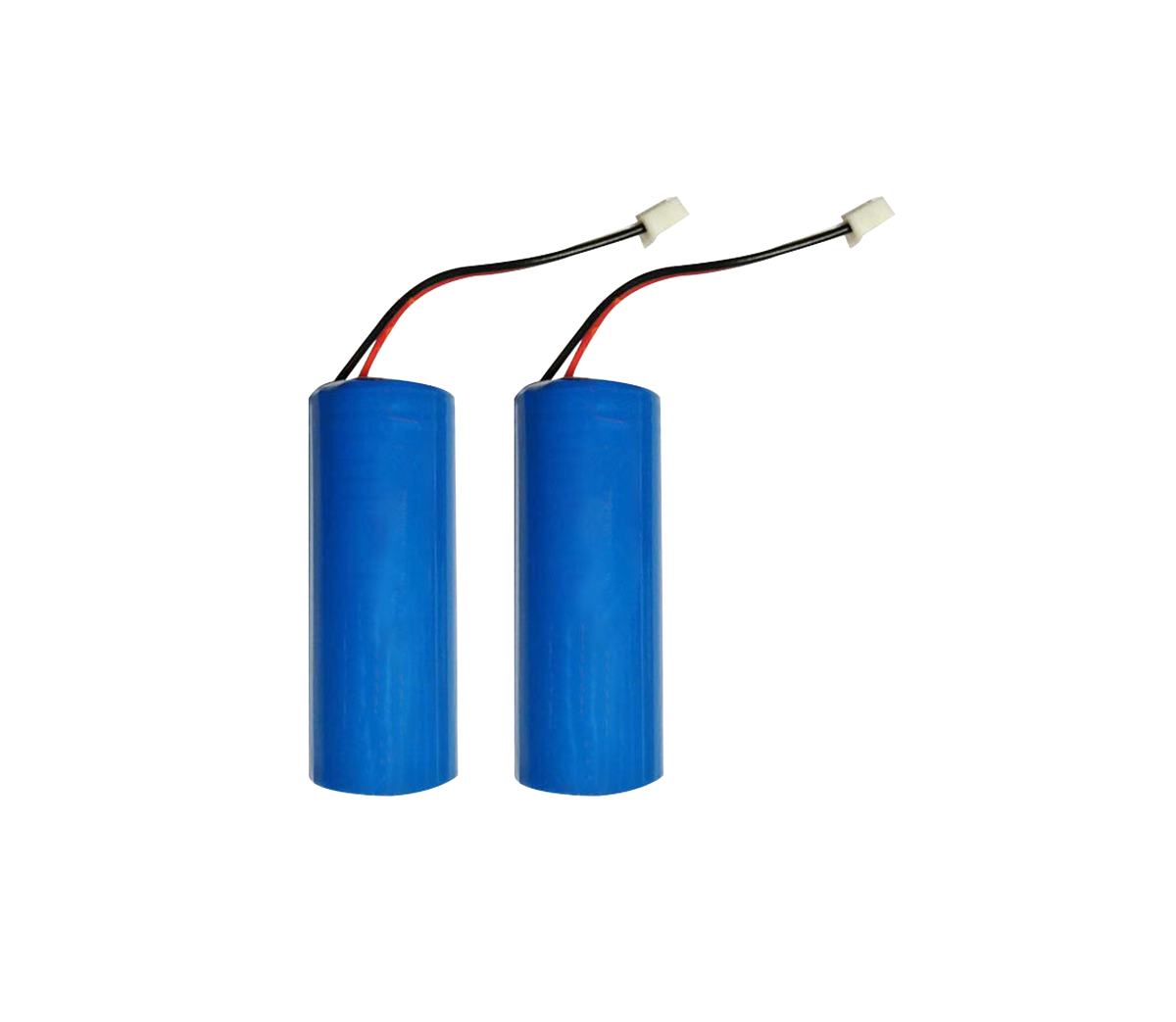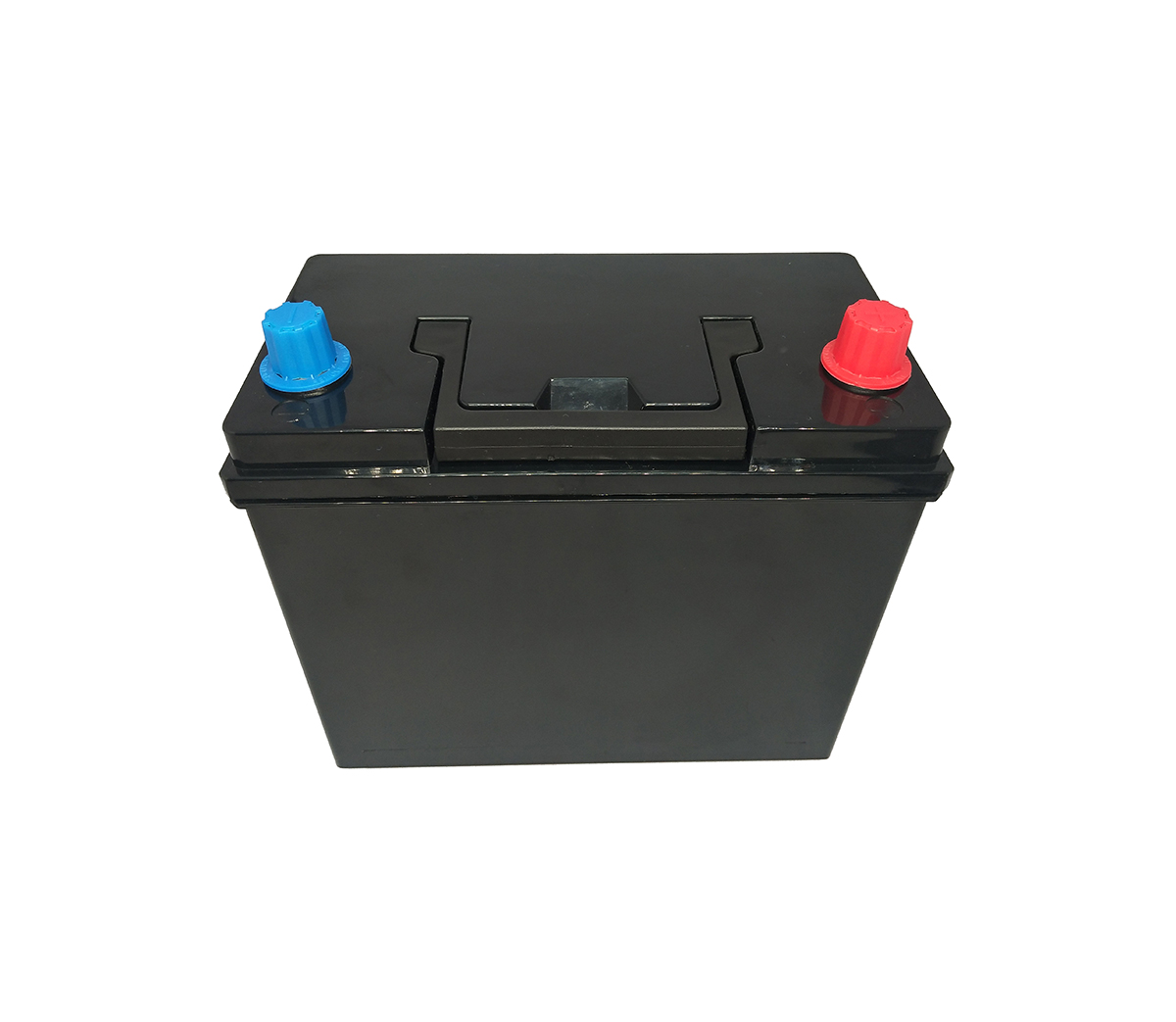What is the development stage of lithium-containing minerals, the upstream
raw materials of lithium batteries, and what developments are there in the
extraction process of lithium ore?
After decades of research on lithium extraction technology from lithium
ore, my country's lithium extraction industry has made great technological
achievements. For lithium ore, the production rate of lithium has been increased
from 60% to more than 80%, and the amount of slag discharge and energy
consumption have been further reduced, which has made a great contribution to
the development of my country's lithium battery raw materials business.

Lithium batteries are mainly composed of four parts: positive electrode
active material, negative electrode active material, electrolyte, and separator.
Among them, the negative electrode active material is usually carbon material,
and the positive electrode material is mainly lithium-based materials.
As the world’s environmental problems intensify, countries and enterprises
have accelerated the pace of human society’s transition to a clean and
energy-saving society. Among them, the development of electric vehicles has
contributed to the creation of fresh air and reduction of carbon emissions,
occupying an important position in the new energy industry. At present, domestic
car companies are accelerating the deployment of power batteries, and downstream
demands have forced higher and higher requirements on materials and processes
for power batteries. Lithium batteries are mainly composed of four parts:
positive electrode active material, negative electrode active material,
electrolyte, and separator. Among them, carbon material is often used as
negative electrode active material, and lithium-based materials dominate the
cathode material. So what is the development stage of lithium-containing
minerals as the upstream raw material of cathode materials, and what
developments are there in lithium extraction processes?
1. Overview of the development of the lithium industry
Supply and demand requirements are the core content of the product.
According to the development of the lithium industry in the past two years, it
will continue to maintain rapid development for a period of time. According to
relevant data, the overall supply and demand of the industry in 2017-2018 and
even the first half of 2019 are still in a tightly balanced state. From
historical experience, it can be seen that the production of existing lithium
resources is easily disturbed by climate and traffic, and the development of new
resources is difficult, and the stability is also doubtful. The probability of a
situation where supply exceeds demand is still relatively high.
2. Lithium extraction process from lithium minerals
There are more than 100 kinds of lithium-containing minerals in the mineral
field, but the most abundant and high-grade lithium minerals are spodumene and
lepidolite. The distribution of lithium resources in my country is shown in
Table 1:
(1) Lithium extraction from spodumene
The lithium oxide content in the spodumene concentrate is about 5.0% to
8.5%. At present, the lithium extraction product of spodumene is mainly lithium
carbonate, and its processes mainly include sulfuric acid production process,
sulfate mixed sintering process, sodium chloride roasting production process,
sodium carbonate pressure leaching production process and limestone roasting
production process. The main production process is briefly introduced below.
①Sulfuric acid process
The sulfuric acid process is commonly used in industrial production.
After the lithium ore is ground-roasted-leached, sulfate is added to remove
impurities and filtered to obtain a lithium sulfate solution. The precipitated
lithium carbonate is prepared from the solution and then washed and dried to
obtain the product. This method has high yield and low requirements for lithium
ore grade. The sulfuric acid process can also process lepidolite.
②Sulphate mixed sintering method
The spodumene concentrate and K2SO4 (or CaSO4 or a mixture of both) are
mixed and sintered at a certain temperature. After a series of physical and
chemical reactions, the metal elements in the added sulfate will replace the
lithium in the ore to form solubility The main impurity of the sulphate, the
main impurity is to generate insoluble compounds, and then the sintered clinker
is leached and separated, and the lithium ions enter the solution, and the
lithium carbonate product is obtained after purification, concentration, and
precipitation.
③Sodium carbonate pressure leaching method
Firstly, the β-spodumene obtained by processing spodumene is ground to a
certain degree of fineness, and a certain amount of sodium carbonate is added to
mix it, and the pressure is leached in the reactor at 200°C, and then CO2 gas is
introduced to form soluble hydrogen carbonate. The lithium solution is filtered
to remove the residue (zeolite), heated to 95°C to expel CO2, precipitated,
filtered, and the filter cake is dried to obtain a lithium carbonate
product.
④Limestone roasting method
Limestone roasting method treats lithium-containing minerals to produce
lithium carbonate. The production process includes raw meal preparation,
roasting, leaching, slag washing, leaching solution concentration, purification,
crystallization and other main processes. The main advantage of the lime method
is that it is universal because it is suitable for decomposing almost all
lithium minerals. The reaction process does not require scarce reagents.
(2) Lithium extraction from lepidolite
my country is rich in lepidolite resources. The lithium oxide content in
lepidolite concentrates is about 2.0% to 5.0%. The lepidolite resources in
Yichun, Jiangxi are relatively concentrated, with superior mining conditions,
and contain expensive rubidium and cesium resources and a large amount of
valuable resources. Resources aluminum, potassium and fluorine. At present, the
lithium extraction process of lepidolite mainly includes limestone sintering
method, sulfate roasting method, sodium chloride autoclaving method, sodium
sulfate autoclaving method, lime autoclaving method and so on.
①Limestone sintering method
The limestone sintering process is similar to the spodumene lithium
extraction process. It is the most mature method. The advantages of this method
are more prominent: (1) The leaching process is short. (2) The leaching system
is good, it is an alkaline system, and the equipment has little corrosion. (3)
The separation process of lithium hydroxide is simple, and the output rate of
potassium, rubidium and cesium is high. At the same time, its disadvantages are
low yield, large amount of slag, and high energy consumption.
②Sulphate roasting method
The sulfate roasting method produces less slag and lower energy
consumption. The yield is about 10% higher than that of the limestone sintering
method. However, the use of this method leads to a longer time for impurity
removal and a cumbersome process. When the sulfate is a potassium salt, it is
suitable for all lithium ore, but the potassium salt is more expensive and the
cost is higher.
③Sodium chloride pressure cooking method
The process of sodium chloride pressure cooking method is relatively
simple, similar to the limestone method, and the amount of slag discharged is
small. The production rate of lithium can reach 80%. Since the
chlorine-containing system used is more corrosive to the equipment, the
requirements on the equipment are relatively high.
In addition, there are processes such as sulfuric acid method and
chlorinated roasting method to extract lithium from lepidolite. Lepidolite is a
very complex substance. In general, how to improve the grade of lepidolite,
reduce the amount of slag in the leaching process and separation process, and
put the valuable elements into the liquid phase as much as possible during the
leaching process and separate them economically , The process flow is as short
as possible, and the corrosion problem of the equipment can be handled well at
the same time is the issue that should be considered when selecting the lithium
extraction process from lepidolite.
3. Conclusion
After decades of research on lithium extraction technology from lithium
ore, my country's lithium extraction industry has made great technological
achievements. For lithium ore, the production rate of lithium has been increased
from 60% to more than 80%, and the amount of slag discharge and energy
consumption have been further reduced, which has made a great contribution to
the development of my country's lithium battery raw materials business. In
addition, new processes such as extracting lithium from salt lakes are playing
an irreplaceable role. In the future, my country’s technology for extracting
lithium from minerals and salt lakes will be more and more perfect, improving
the efficiency of comprehensive utilization of minerals, and transforming from a
rough development model to fine processing. The efficient use of resources is
for everyone in industry, mining, and earth. Responsibilities and obligations.
Let us make the earth a better place!



































